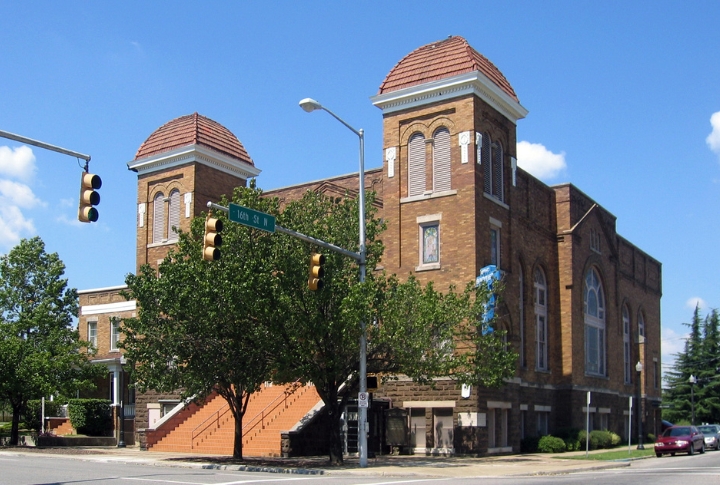
Alabama’s streets hum with the echoes of those who stood, marched, and sacrificed for justice. Some places bear scars of struggle, while others stand as beacons of triumph. These sites tell history and challenge us to step inside it. Will you walk courageously and let their voices shape the future?
The Legacy Museum
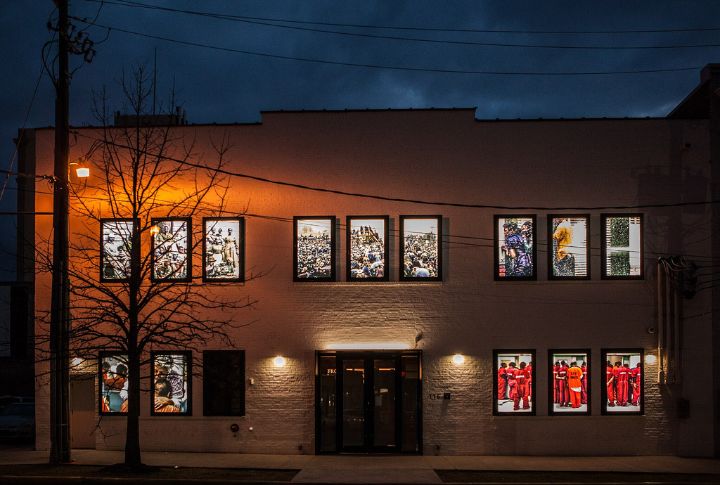
On the very ground where enslaved people were warehoused, the Legacy Museum lays bare America’s painful history. Through powerful exhibits, it connects slavery to segregation and mass incarceration, urging visitors to confront injustice head-on. Immersive displays and firsthand accounts create an unflinching narrative that demands reflection and action.
Safe House Black History Museum
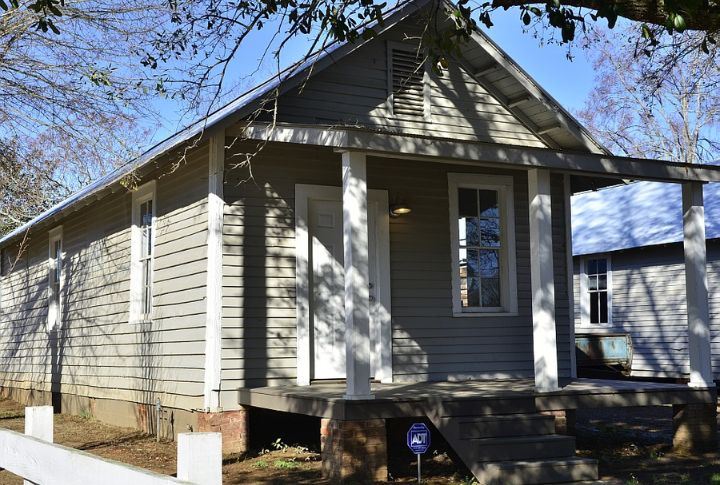
In the dead of night, Dr. Martin Luther King Jr. found refuge here, escaping a Klan ambush. This unassuming Greensboro home, now a museum, tells the story of ordinary citizens who risked everything for the movement. Their bravery, etched into its walls, speaks of quiet resistance with seismic impact.
Edmund Pettus Bridge

A tragic Sunday in 1965: a peaceful march turned violent, forcing a nation to confront its failings. Beneath its steel arches, the Edmund Pettus Bridge stood as a silent witness to history. Today, it remains more than a landmark—it’s a path still being paved, a walk through the heart of the struggle for justice.
16th Street Baptist Church

Birmingham’s 16th Street Baptist Church stands as a solemn tribute to resilience. A quiet Sunday morning was shattered by an explosion that took four young lives but strengthened a movement. Visitors stand where history shifted and the weight of a moment that galvanized the world and exposed the brutality of segregation.
National Voting Rights Museum
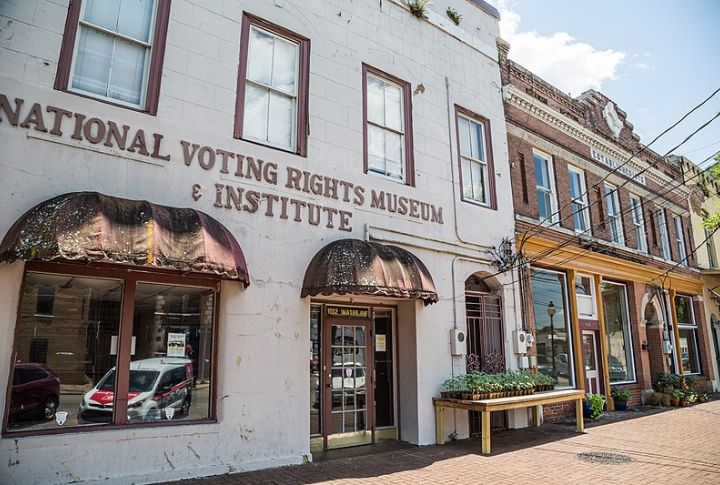
Just steps from the Edmund Pettus Bridge, this museum chronicles the relentless struggle for voting rights. Archival footage, personal testimonies, and relics from the Selma march immerse visitors in the fight against disenfranchisement. It’s a place where history reminds us that democracy demands vigilance and sacrifice.
Rosa Parks Museum
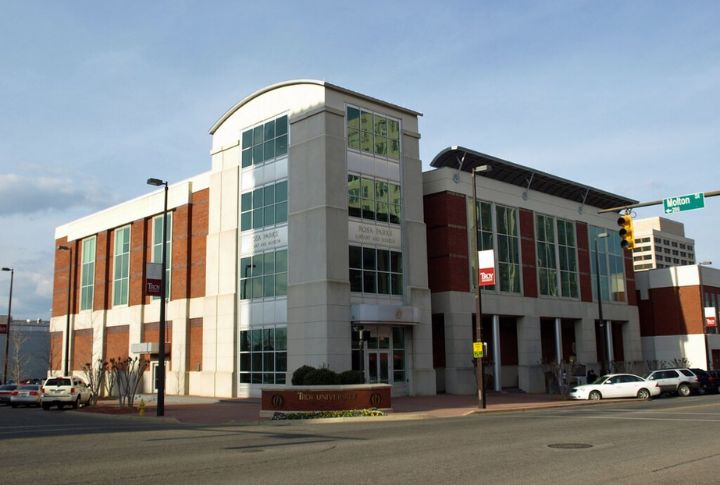
Here, history unfolds in powerful detail. The Birmingham Civil Rights Institute houses chilling remnants of segregation—jail cell bars that once held Dr. King, photographs of fire hoses unleashed on children. Interactive galleries capture the tension and the unfinished work of a movement still evolving today.
Birmingham Civil Rights Institute
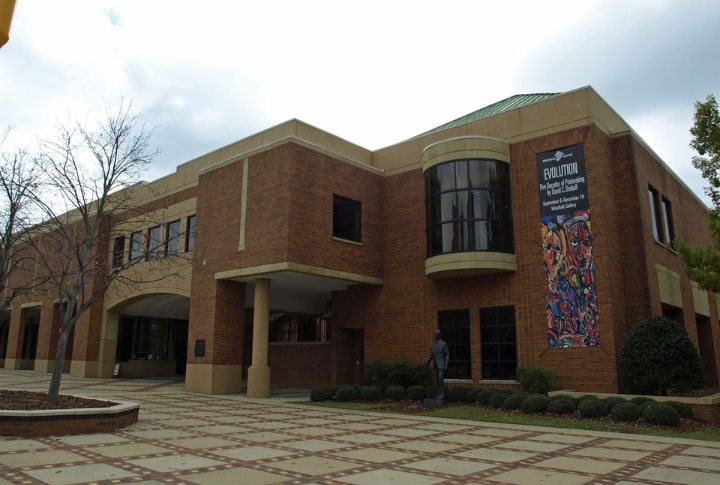
The Birmingham Civil Rights Institute houses chilling remnants of segregation. Jail cell bars that once held Dr. King and photographs of fire hoses unleashed on children. Interactive galleries capture the tension and the unfinished work of a movement still evolving today.
Selma Interpretive Center

Each display at the Selma Interpretive Center serves as a call to remember and to keep marching forward in the name of justice. Situated at the threshold of the Edmund Pettus Bridge, it immerses visitors in the Selma-to-Montgomery marches. It paints an unfiltered picture of struggle and perseverance through artifacts and firsthand narratives.
Freedom Rides Museum
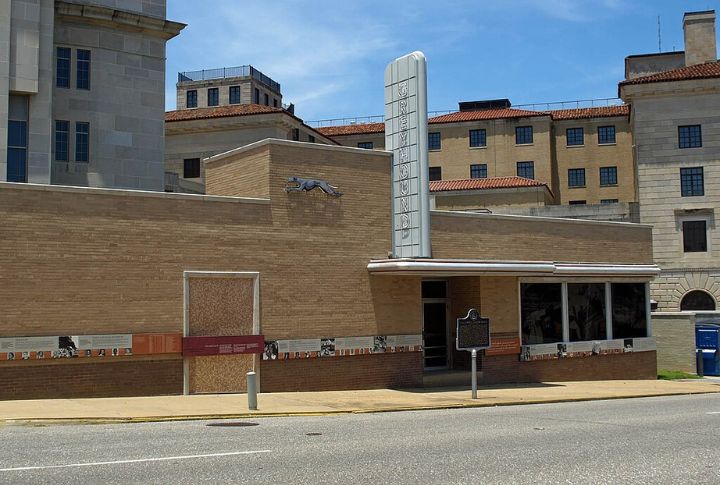
A Greyhound bus station turned into a monument to bravery. The Freedom Rides Museum honors the young activists who put their lives on the line to desegregate interstate travel. Arrested, beaten, undeterred—their sacrifice changed America. Standing in this space, one can almost hear the echoes of their defiance and unwavering resolve.
Tuskegee Airmen National Historic Site

In a segregated America, the Tuskegee Airmen took flight to prove skill knew no color. Visitors explore their legacy at this site—from grueling training to historic combat victories. These aviators shattered stereotypes and redefined possibility, which left a legacy that soars far beyond the airfields of Alabama.
